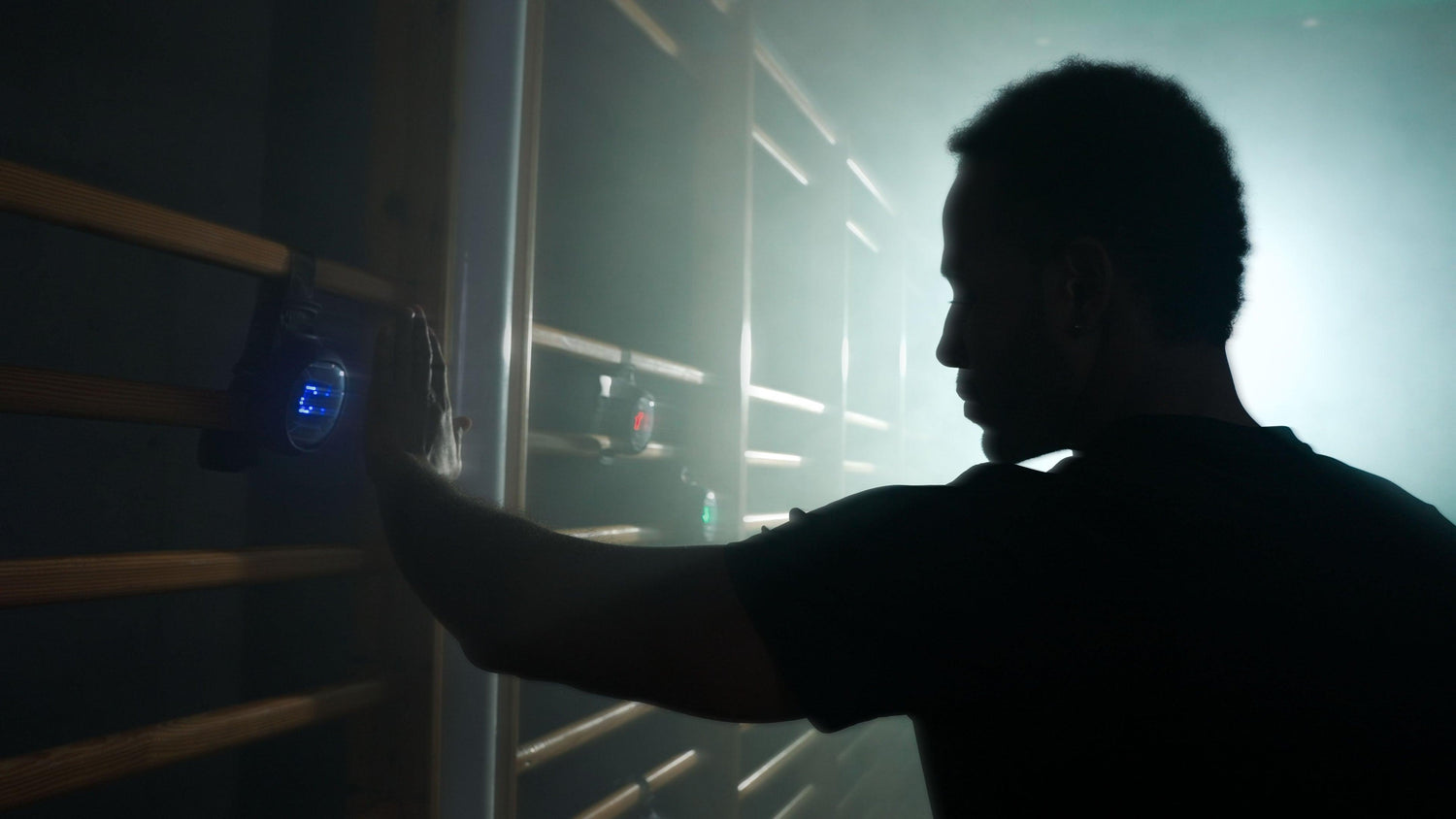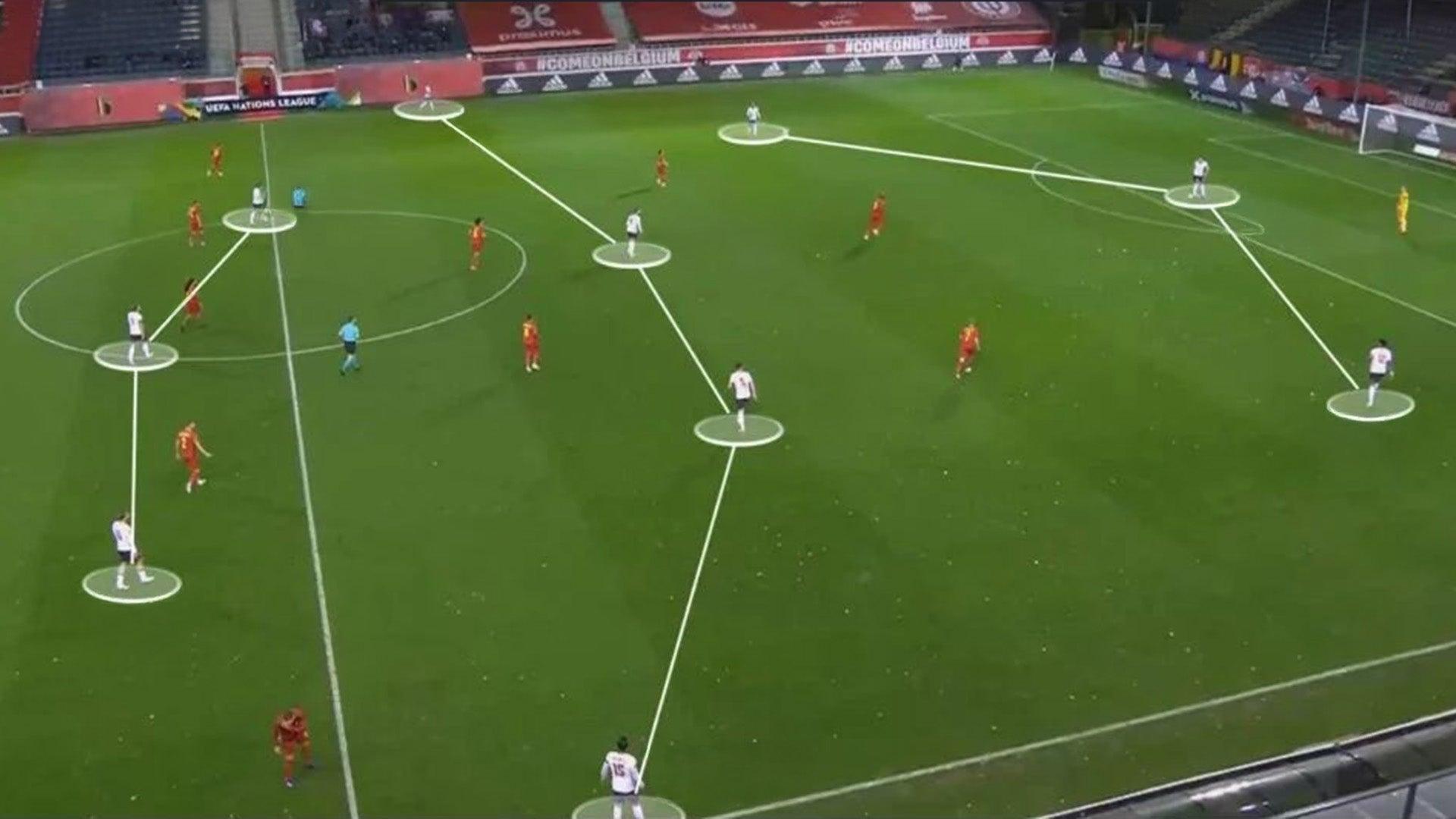Reaction time is the period it takes your brain and body to respond to external stimuli. While often seen as an innate ability, modern research shows that reaction time can be improved through cognitive training exercises.
Reaction time depends on attention, nerve health, and how efficiently your brain processes input. Training these pathways helps your brain respond faster to movement, sound, and light.
At A-Champs, we explore the key factors that influence a person’s reaction time. Understanding them helps you optimize your performance and unlock your full potential.
Scientific Background
Studies show that reaction time plays a vital role in everyday life and competitive sports. It’s commonly divided into two categories:
- Simple reaction time: A quick response to a single stimulus.
- Choice reaction time: Selecting the correct response among several stimuli.
Types of Reaction Time Exercises
Physical Drills
- Agility drills: Ladder and cone drills improve foot speed and awareness.
- Plyometrics: Builds explosive strength for quick, reactive movement.
- Reaction training lights: Tools like A-Champs Reaction Lights train quick responses to light, sound, and vibration cues.

A-Champs Reaction Training Lights
A-Champs designs cutting-edge reaction training lights to simulate real-world scenarios that require fast responses. These tools help athletes train decision-making, coordination, and speed in dynamic situations.
Our technology engages both mind and body with unpredictable light, sound, and vibration patterns that boost focus and reactivity. Perfect for professionals and anyone who wants sharper reflexes.
Mental Training Techniques
Meditation and Focus Training
Meditation calms the mind and improves focus, allowing for faster reactions. It strengthens neural pathways linked to attention and sensory processing.
Yoga and breathing exercises help balance focus and movement, while brain-training games improve processing speed and cognitive flexibility.
Visual Perception Training
Improving visual processing is key to faster reactions. Practice scanning multiple areas at once and tracking moving targets. This strengthens how your brain interprets and responds to visual information.
Trail Running
Trail running forces constant adaptation to uneven terrain and obstacles. It sharpens coordination, balance, and quick decision-making—skills that directly enhance reaction speed.
Sleep and Recovery
Quality rest supports faster reflexes and mental clarity. A regular sleep schedule helps restore your nervous system, ensuring top performance during training and competition.
Nutrition for Cognitive Function
A diet rich in omega-3s, antioxidants, and vitamins supports nerve and brain health. Healthy eating improves focus and overall reaction performance.

Applying Cognitive Reaction Training in Sports and Life
Sports like soccer, basketball, and tennis depend on quick reactions to opponents and game flow. Faster reaction times lead to better positioning, anticipation, and performance.
A-Champs Reaction Lights provide dynamic, gamified training that challenges your brain to think and respond faster. They’re ideal for anyone aiming to perform better under pressure.





Leave a comment
This site is protected by hCaptcha and the hCaptcha Privacy Policy and Terms of Service apply.